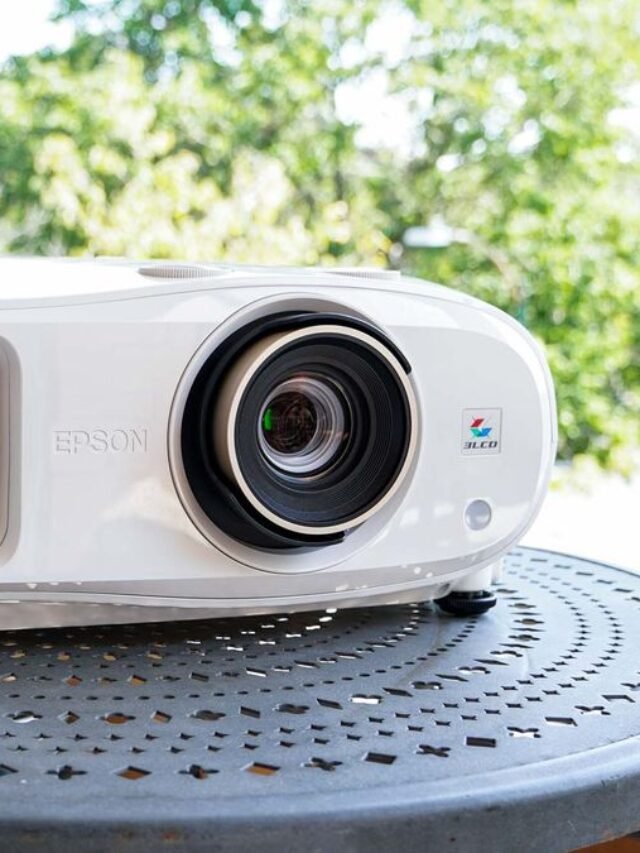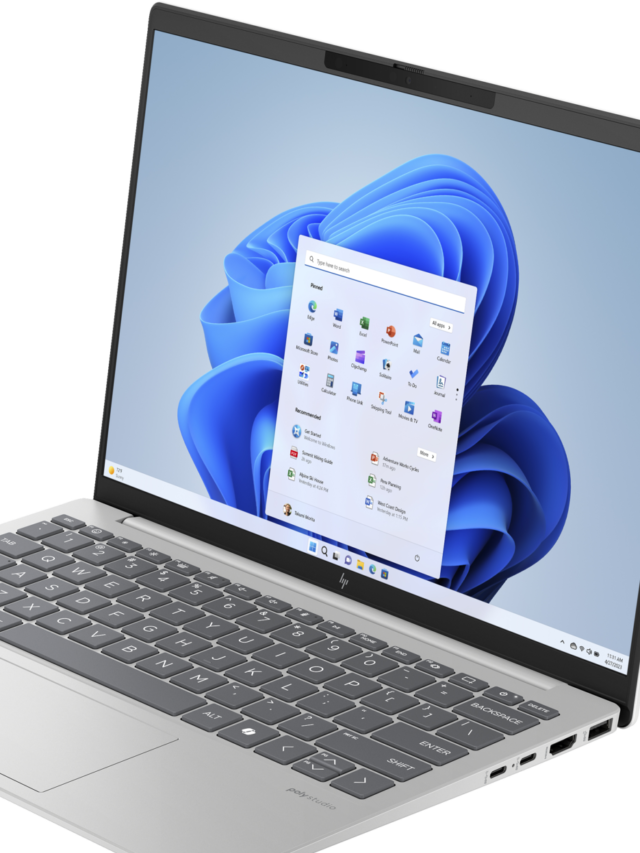The rumor mill is churning with whispers of Apple potentially reviving its beloved AirPort networking technology, this time integrated into new iterations of the HomePod and Apple TV. This move could mark a significant shift in Apple’s home strategy, offering users a more unified and seamless smart home ecosystem. While Apple officially discontinued its AirPort routers in 2018, leaving many users disappointed, the potential return of this technology has sparked excitement and speculation among tech enthusiasts and Apple aficionados alike.
This potential revival is not just about bringing back a popular product; it’s about addressing the evolving needs of modern homes. With the increasing number of connected devices and the rise of smart home technology, a robust and reliable Wi-Fi network is more critical than ever. By integrating AirPort-like capabilities into the HomePod and Apple TV, Apple could provide a comprehensive solution for users seeking to optimize their home networks. This strategy could potentially simplify network management, improve device connectivity, and enhance overall user experience within the Apple ecosystem.
Why Did Apple Discontinue AirPort in the First Place?
To understand this potential revival, we need to look back at why Apple abandoned the AirPort lineup in the first place. While AirPort routers were praised for their user-friendly design and seamless integration with Apple devices, they faced increasing competition from dedicated networking companies like Netgear, Asus, and TP-Link. These companies often offered more advanced features, wider customization options, and more aggressive pricing strategies.
From my own experience, I loved the simplicity of AirPort routers. Setting up my network was a breeze compared to the often convoluted interfaces of other brands. However, as my home network grew with more devices and demanding applications like online gaming and 4K streaming, I started to feel limited by the AirPort’s capabilities. Ultimately, I switched to a mesh Wi-Fi system that provided better coverage and performance throughout my home.
It seems Apple recognized this shift in the market. Instead of trying to compete head-to-head with networking giants, they chose to focus on their core strengths: software and ecosystem integration. By discontinuing AirPort, Apple could dedicate more resources to enhancing its software platforms and developing new products like the HomePod and Apple TV.
The Rise of Mesh Wi-Fi and the Smart Home
In the years since Apple exited the router market, mesh Wi-Fi systems have become increasingly popular. These systems use multiple nodes placed throughout your home to create a seamless and extended Wi-Fi network, eliminating dead spots and providing consistent coverage. This technology is particularly well-suited for larger homes or those with complex layouts.
Moreover, the growing adoption of smart home devices has further emphasized the need for robust Wi-Fi networks. From smart lights and thermostats to security cameras and voice assistants, these devices rely on a stable internet connection to function reliably. A mesh network can provide the necessary bandwidth and coverage to support a growing ecosystem of interconnected devices.
How Could AirPort be Integrated into HomePod and Apple TV?
Rumors suggest that Apple could leverage the HomePod and Apple TV as central hubs for a mesh Wi-Fi network. These devices are already strategically placed throughout many homes, making them ideal candidates for extending Wi-Fi coverage.
Imagine a scenario where your new HomePod mini not only acts as a smart speaker but also as a Wi-Fi extender, seamlessly expanding the network coverage to previously hard-to-reach areas. Similarly, your Apple TV could serve as the central hub, managing network traffic and optimizing performance for streaming and gaming.
This approach aligns with Apple’s strategy of creating a tightly integrated ecosystem. By combining the functionality of a mesh Wi-Fi system with the existing capabilities of the HomePod and Apple TV, Apple could offer a compelling solution for users invested in its ecosystem.
Potential Benefits of an AirPort Revival
- Simplified Network Management: Apple is known for its user-friendly interface and seamless device integration. Bringing back AirPort technology could translate to easier network setup and management, potentially through the familiar interface of the Home app.
- Improved Wi-Fi Coverage and Performance: Integrating mesh Wi-Fi capabilities into the HomePod and Apple TV could provide wider coverage and more stable connections throughout your home.
- Enhanced Smart Home Experience: A robust Wi-Fi network is crucial for a seamless smart home experience. This integrated approach could enhance the performance and reliability of all your connected devices.
- Increased Value Proposition: By adding mesh Wi-Fi functionality to the HomePod and Apple TV, Apple could make these devices even more attractive to consumers, potentially boosting sales and strengthening its position in the smart home market.
What are the Challenges and Considerations?
While the prospect of an AirPort revival is exciting, there are also challenges and considerations that Apple needs to address:
- Competition: The mesh Wi-Fi market is already crowded with established players. Apple needs to offer compelling features and competitive pricing to stand out.
- Performance: To gain user trust, the revived AirPort technology needs to deliver top-notch performance and reliability, matching or exceeding the capabilities of existing mesh systems.
- Compatibility: Ensuring seamless compatibility with a wide range of devices and platforms will be crucial for widespread adoption.
- Privacy: As with all its products, Apple needs to prioritize user privacy and data security in its implementation of any networking technology.
What Do Users Think?
Online discussions on platforms like Reddit and Quora reveal a mix of excitement and apprehension among users. Many express nostalgia for the simplicity and reliability of AirPort routers, while others are concerned about potential limitations and pricing.
Some users are hopeful that Apple will learn from its past experience and address the shortcomings of the original AirPort lineup. Others are skeptical, wondering if Apple can truly compete with dedicated networking companies that have years of experience in this field.
The overall sentiment, however, seems to be positive. Many users believe that Apple’s focus on user experience and ecosystem integration could give them an edge in the market. They are eager to see what Apple has in store and how this potential revival could shape the future of home networking.
The potential return of AirPort technology, integrated into the HomePod and Apple TV, represents an intriguing possibility for Apple and its users. It reflects the evolving needs of modern homes and the growing importance of robust Wi-Fi networks in the age of smart home technology.
While challenges and uncertainties remain, the prospect of a more unified and seamless home network experience within the Apple ecosystem is undoubtedly appealing. Whether this rumor materializes into reality remains to be seen, but it has certainly captured the attention of the tech world and sparked a renewed interest in Apple’s approach to home networking.


















Add Comment